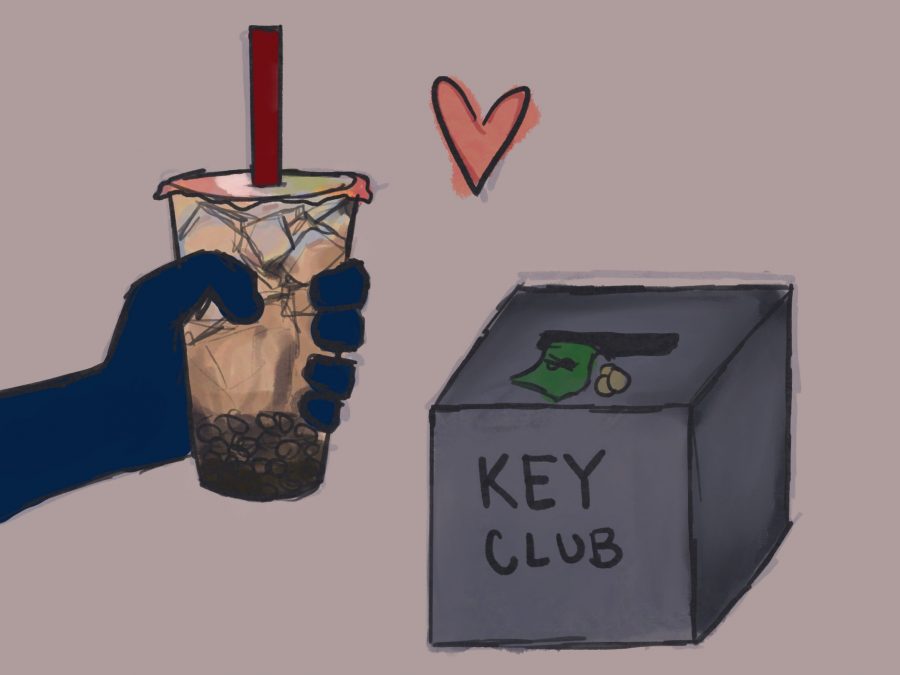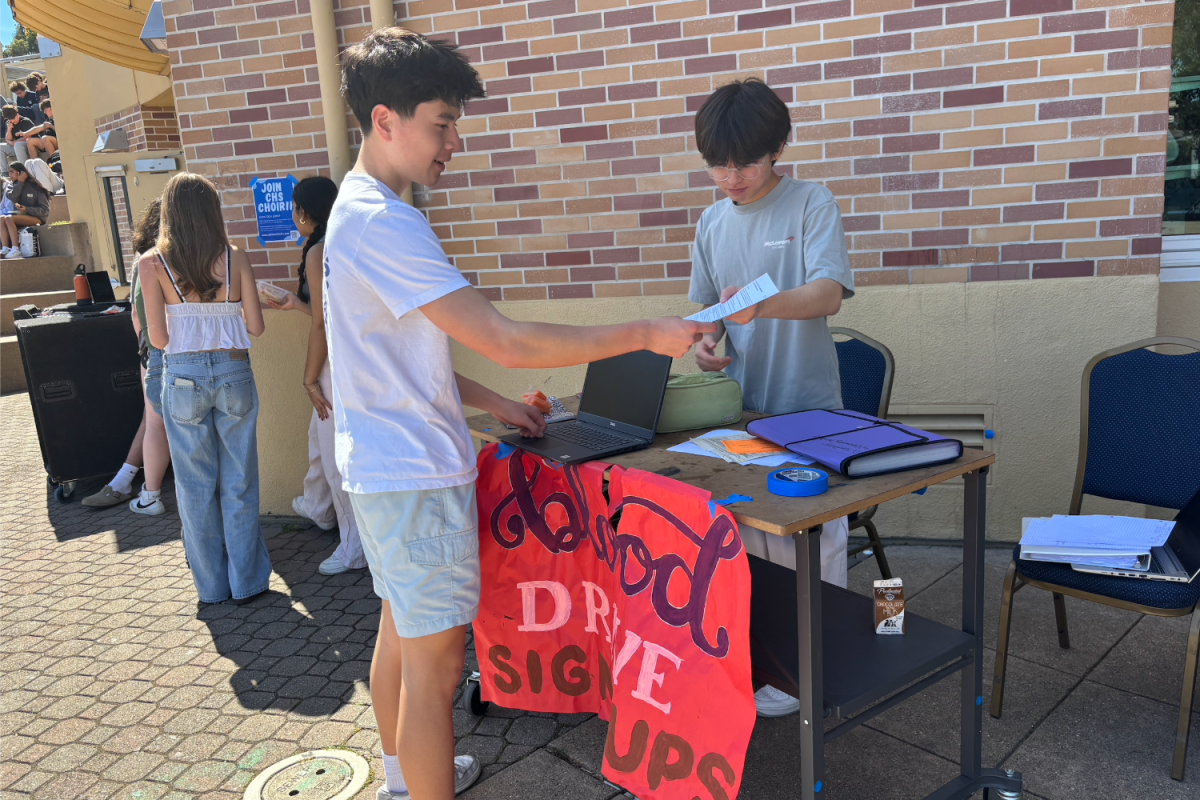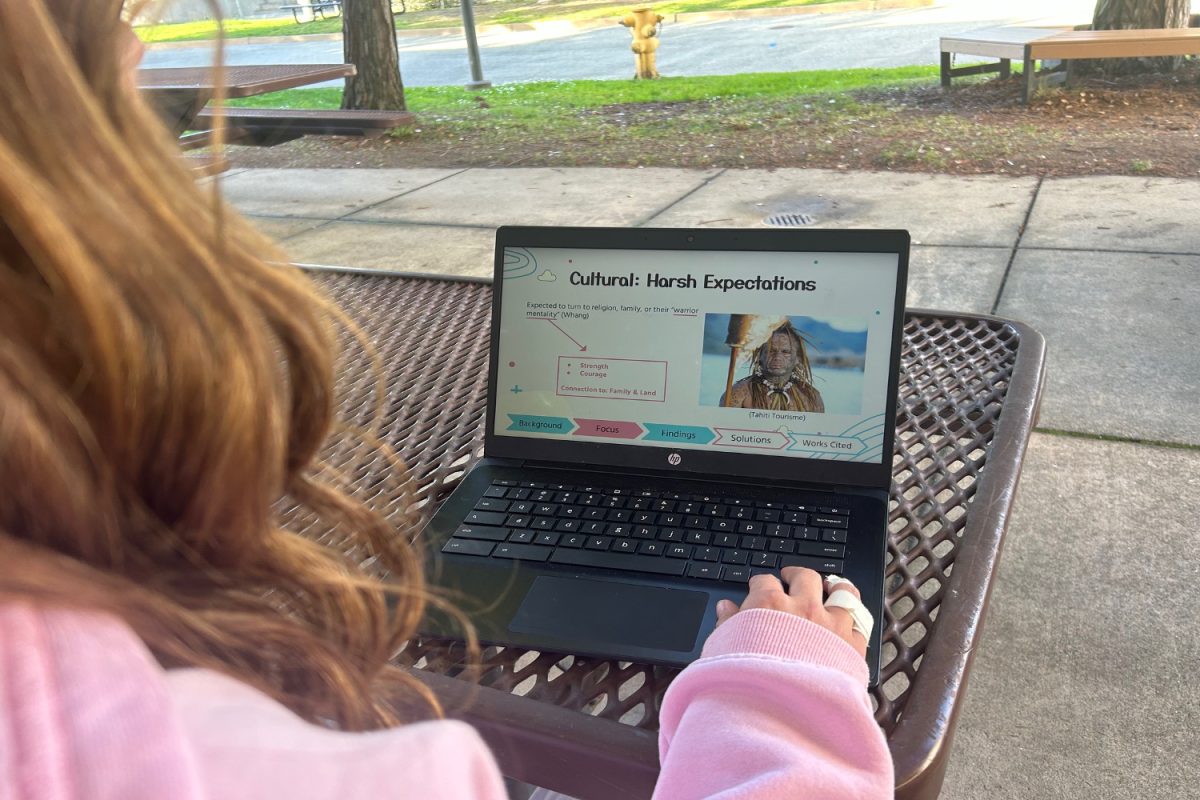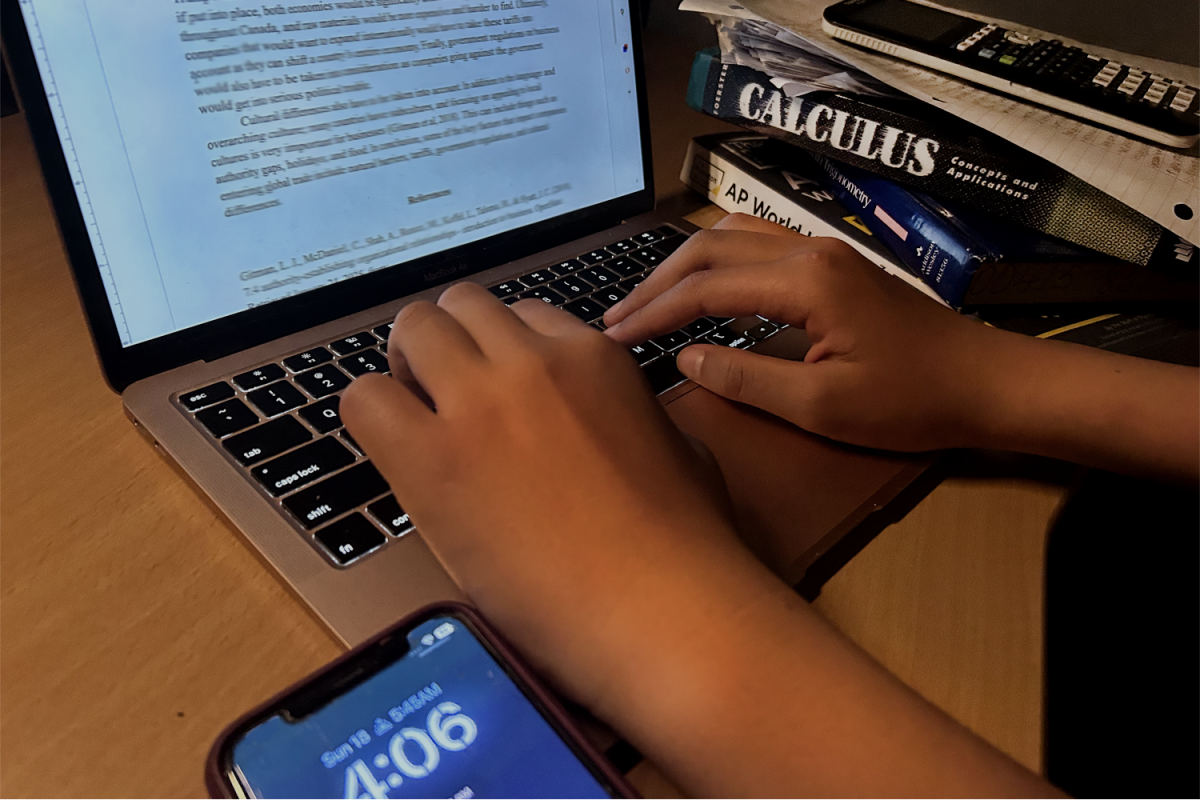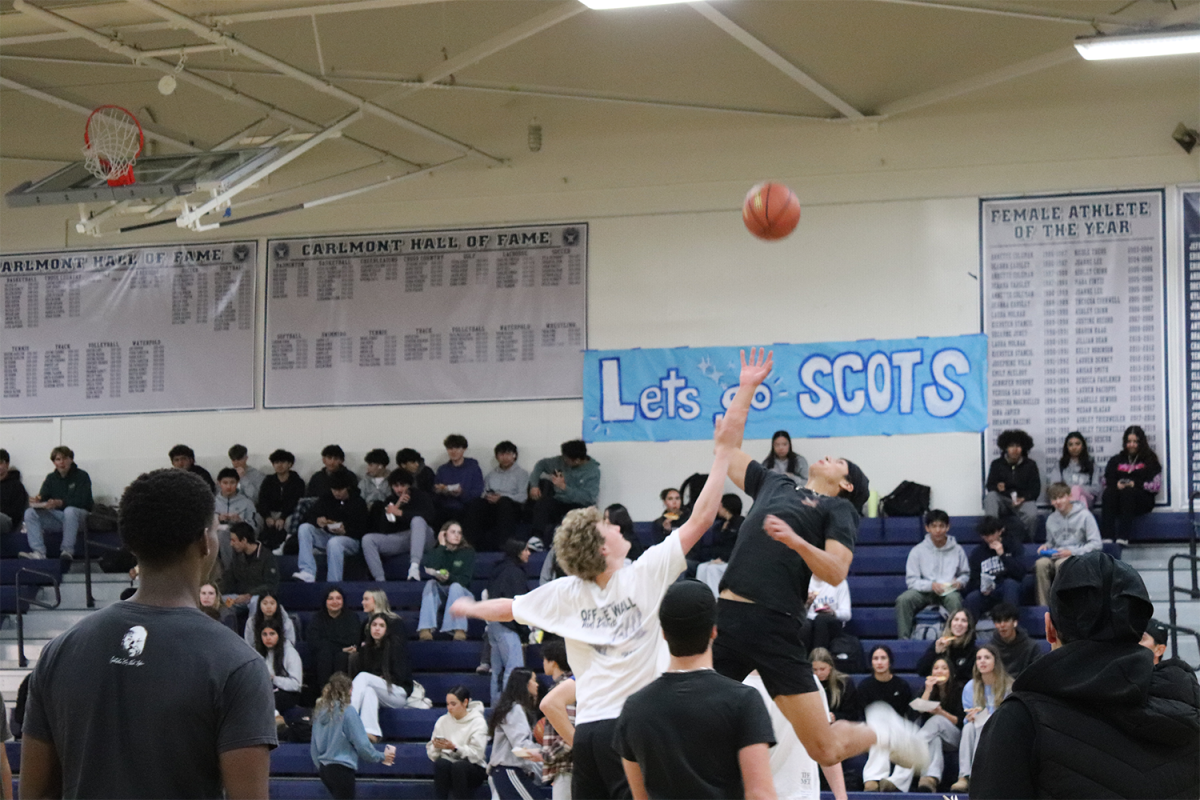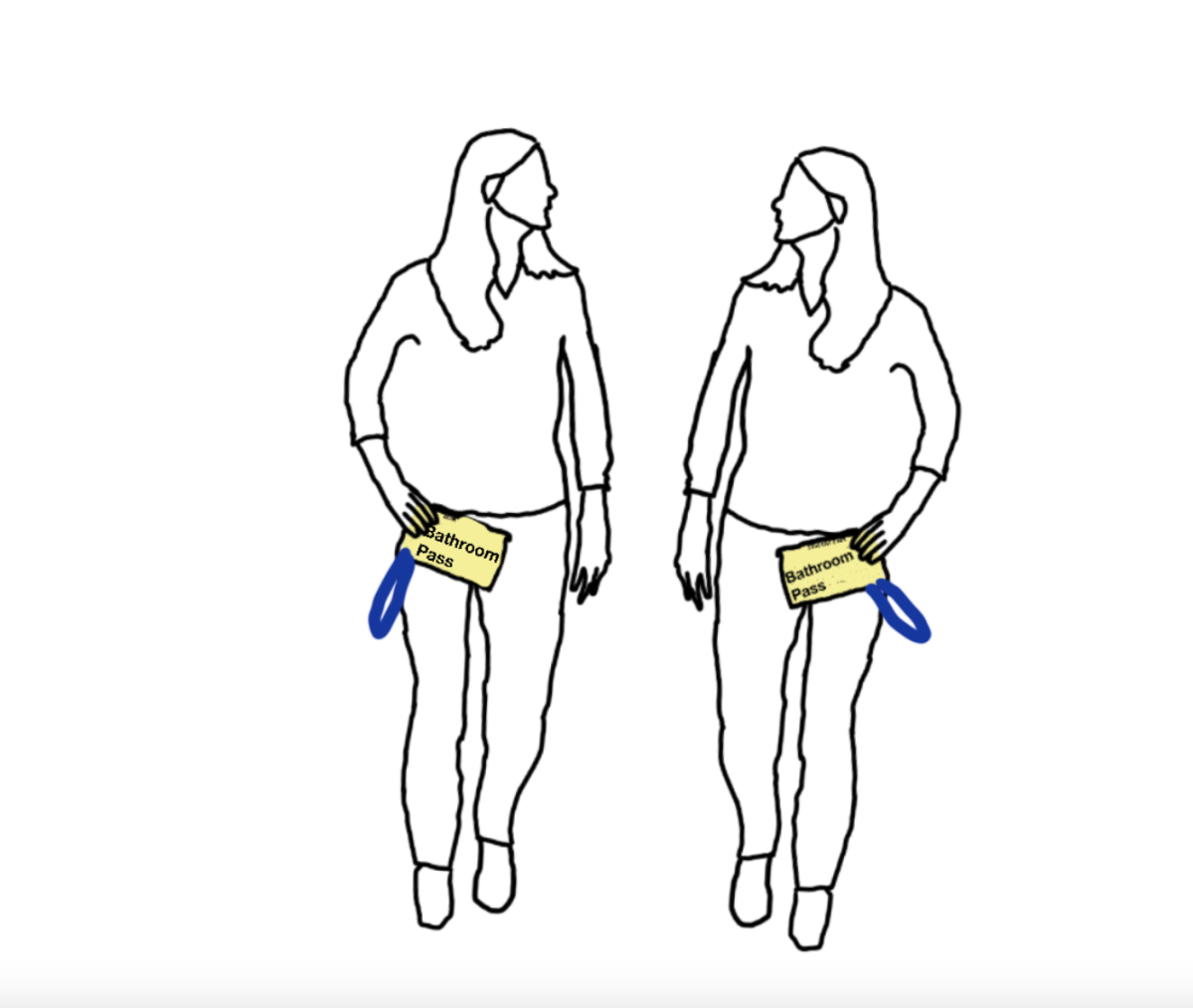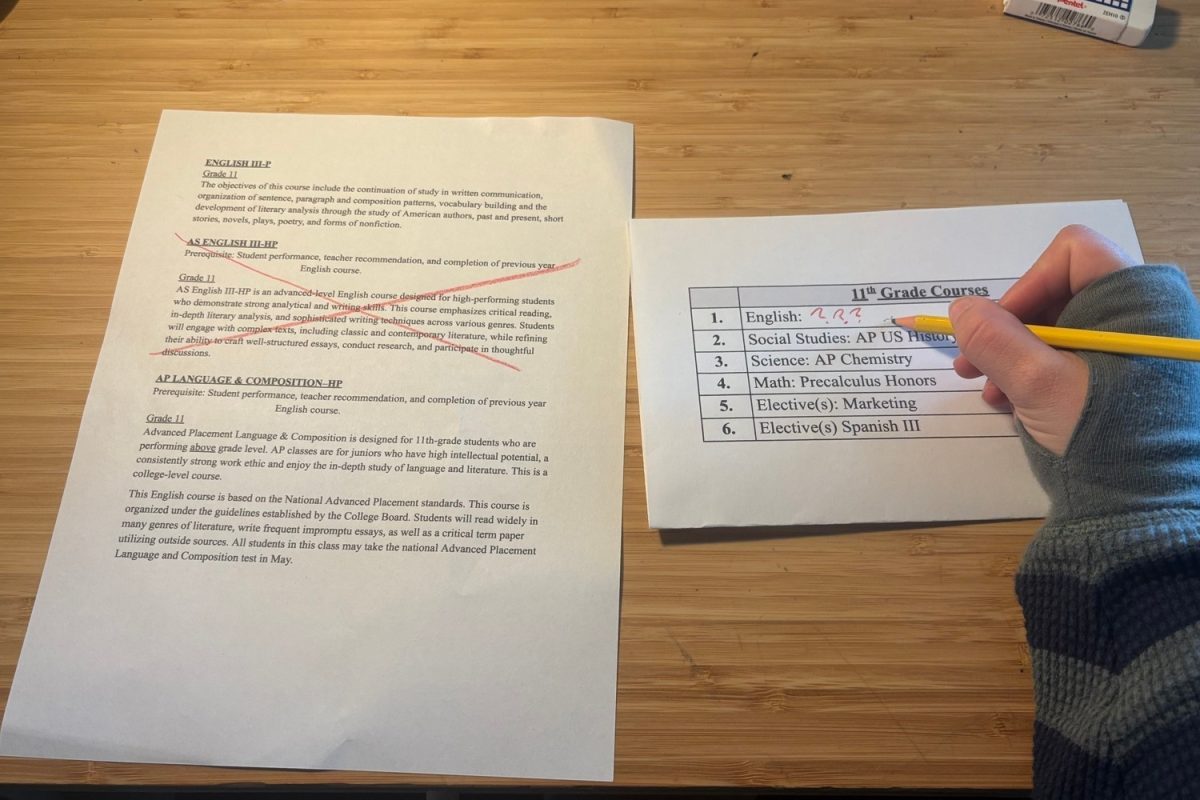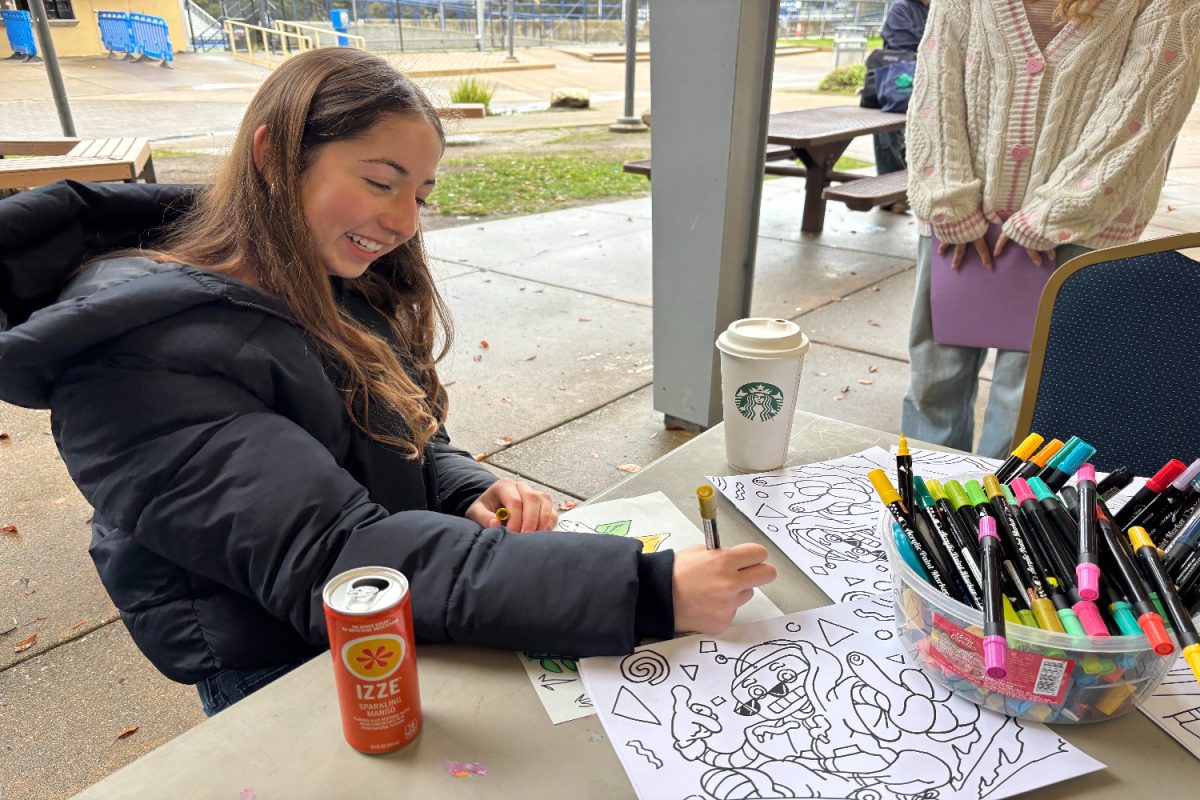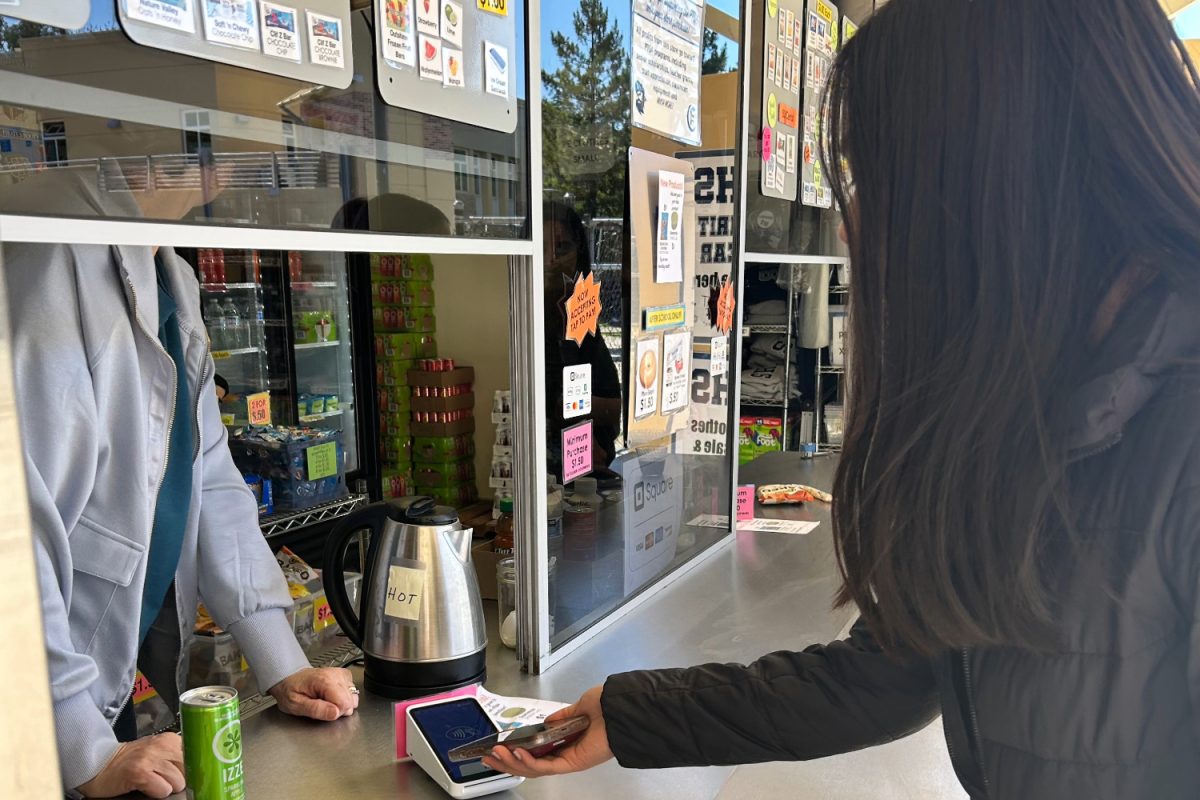Whether it be selling boba at a football game or a samosa at the quad, both have the same goal: to raise money for their club.
Creating a fundraiser can be a difficult task. To do so, a group must figure out what to sell, how to get a significant amount of the product, and when and where to sell it. Then comes the advertising of the fundraiser, the actual sale, and allocating the money to specific needs.
However, the hard work pays off. Many students support different clubs and teams by purchasing items at lunch or after school. The Indian Club sold samosas to raise money for their club, and it was a hit.
“We sold out in the first half of lunch. I think the fundraiser was successful because we encouraged people to bring money to school,” said Keya Arora, the Indian Club vice president. “In the end, it’s just because people like buying samosas.”
Making the right decision about what to sell can make a difference in the amount of money earned. Some factors must be considered, such as whether it is a popular item with the target audience and if it will become too expensive when aiming to make a profit.
Sanjna Sood, the vice president of Key Club, described the importance of choosing a good product.
“We made $800 and profited $400. Many people like boba, and it’s not something sold at school, so it turned out to be really popular. We sold out every game,” Sood said.
Every fundraiser has a specific purpose. Part of the Indian Club’s earnings went to member sweatshirts, while the Key Club’s profits went to funding their training camps and the monthly raffles they host.
Ryan Hamilton, the varsity baseball head coach, explained where the proceeds from their Christmas tree sales go.
“Last year, our tree fundraiser allowed us to completely cover the costs of hats, shirts, shorts, sweatshirts, as well as go towards a new batting cage,” Hamilton said.
One of the crucial parts of a fundraiser is getting the word out. There are several ways to do this, the most popular being online and through social media.
“We usually use Instagram to advertise, and our club has an account to post our events. We also make sure that everyone in our club puts the posts we make on their story so others can see it,” Arora said.
The finishing details, like setting up a table to sell the product, also play a key role in a successful fundraiser.
“One of our advisors picks up the boba and brings a table along with a bunch of other things that we use to set up,” Sood said.
In addition to selling boba, Key Club is also hosting a charity event to help raise money for the Pediatric Trauma Program (PTP). The program’s primary goal is to decrease the number of children killed or injured by trauma.
One of the club’s main focuses is promoting awareness to different children-based organizations. They also administered a bracelet fundraiser for the PTP in 2020 and hope for the same success this year.
“By donating [to the PTP], they’ll provide safety equipment and educational resources to teach parents about how to take preventative measures and keep their children safe,” said Jocelyn Owen, the PTP fundraiser coordinator.
Despite the positive purpose, Owen discussed the struggle to gain participation in fundraisers.
“People don’t typically like to take actions in fundraisers, but I encourage others to donate because it can make a difference,” Owen said.

